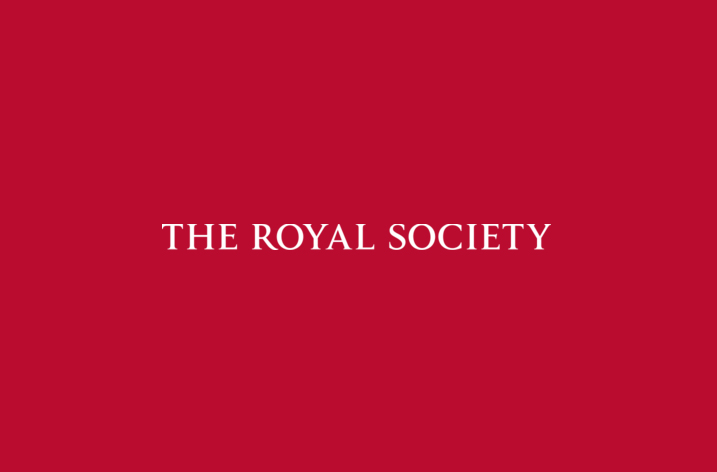
The Nature Index 2017 China supplement, published today, reveals that as China’s total number of articles included in the Nature Index increased since 2012, the percentage of articles with international co-authors has continued to rise year-on-year. By 2016, papers with international co-authors comprised more than 50% of the country’s articles in the index.
In 2016, the Institute of High Energy Physics, Chinese Academy of Sciences (CAS) and the National Institute for Nuclear Physics in Italy formed the strongest bilateral collaboration between a Chinese institution and an international institution, followed by Peking University and Harvard University. Out of the top 10 international bilateral collaborations in China, the Germany-based Max Planck Society participated in five.
However, the depth of collaborations between institutions domestically remains far greater than internationally. There are 56 such partnerships between Chinese institutions that are stronger than the leading global pairing.
In terms of China’s inter-city collaborations, as well as institutions in Beijing having the highest contribution to the index overall, last year they formed the largest number of partnerships across China. Beijing was followed by Shanghai and Nanjing in this respect. But beyond these metropolises, institutions in smaller cities have expertise that makes them strong collaborators in their own right.
For instance, Kunming, well-known for its unique biodiversity, is a boon for scientists interested in studying plants and ecology. Whereas Changchun in China’s northeast has a long history specialising in chemistry research. Last year institutions in Kunming formed 190 domestic research partnerships with other Chinese institutions to co-author papers included in the index, ranking 16th of the 184 Chinese cities examined by the index. More than two-thirds of Kunming’s output on the Nature Index is the field of chemistry, with many articles investigating the chemical structures and processes of plants. Changchun’s strongest partnership last year was between Changchun Institute of Applied Chemistry (CIAC) and University of Chinese Academy of Sciences (UCAS) in Beijing, both part of the Chinese Academy of Sciences.
For the first time, the Nature Index China supplement took a look at China’s performance beyond the 68 journals tracked by the index and expanded into the larger Web of Science database, from Clarivate Analytics. “This helps our readers and index users gain a broad picture of China’s research output overall and in some specific fields. By making comparisons, they can find some interesting facts to better understand the trend,” said David Swinbanks, Founder of the Nature Index.
As indicated by the Nature Index, international papers make up a significant portion of China’s high-quality research, but this level of international co-authorship does not extend to all papers published in China. The country’s share of articles with international co-authors indexed in the Web of Science remains below 25%. “The slower growth rate in papers from international collaborations was because China’s overall research output had grown so dramatically,” said Dr. Yue Weiping, Chief Scientist of China for Clarivate Analytics. “This slower rate may be attributed to language barriers and allocation of institutional resources. Researchers in top universities have more opportunities or resources to collaborate with peers worldwide.” Yet there are signs that this overall rate of international collaboration will rise over the next decade, due to government policies – such as the national World-Class 2.0 project – aimed at making Chinese research more global, including generous funding schemes to promote collaboration.
More information about the Nature Index is available at natureindex.com.























